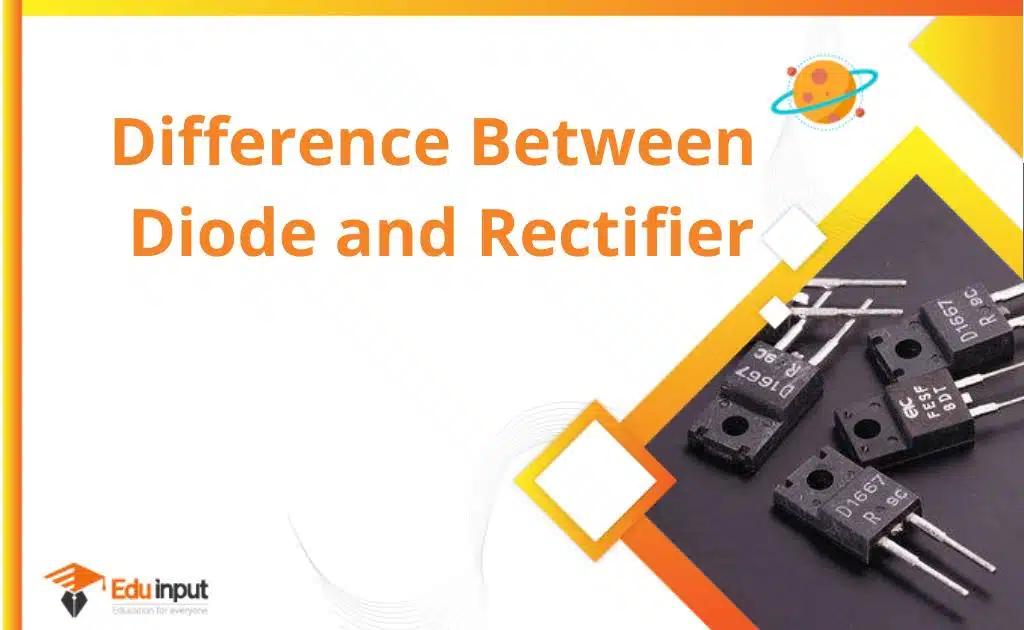How does Zener diode work in forward bias?
A Zener diode operates like a regular diode in the forward bias direction and conducts current in the forward direction. It is designed to have a very sharp breakdown voltage in the reverse bias direction, which allows it to maintain a nearly constant voltage across its terminals when operated in the reverse breakdown region.
A Zener diode is a type of diode that is designed to operate in the reverse breakdown region, which is where the diode is intentionally operated in reverse bias beyond its breakdown voltage.
When a Zener diode is reverse-biased beyond its breakdown voltage, it allows current to flow in the reverse direction and maintains a nearly constant voltage across its terminals. This is known as the Zener breakdown or the Zener effect.
In the forward bias region, a Zener diode behaves like a regular diode and conducts current in the forward direction, just like any other PN junction diode. When a voltage is applied to the Zener diode in the forward bias direction, the P-type material becomes more positive and the N-type material becomes more negative. This causes the depletion region, which is the region between the P and N-type materials, to become thinner.

As the voltage across the diode increases, more and more electrons are able to cross the depletion region and enter the P-type material, and more and more holes are able to cross the depletion region and enter the N-type material. This increases the current flow through the diode and causes the diode to conduct more and more current as the voltage across it increases.
The Zener diode is designed to have a very sharp breakdown voltage in the reverse bias direction. This means that when the diode is operated in the forward bias direction, the voltage across the diode will remain relatively constant until the voltage reaches the Zener breakdown voltage. At this point, the diode will enter the reverse breakdown region and conduct current in the reverse direction, as explained earlier.






Leave a Reply